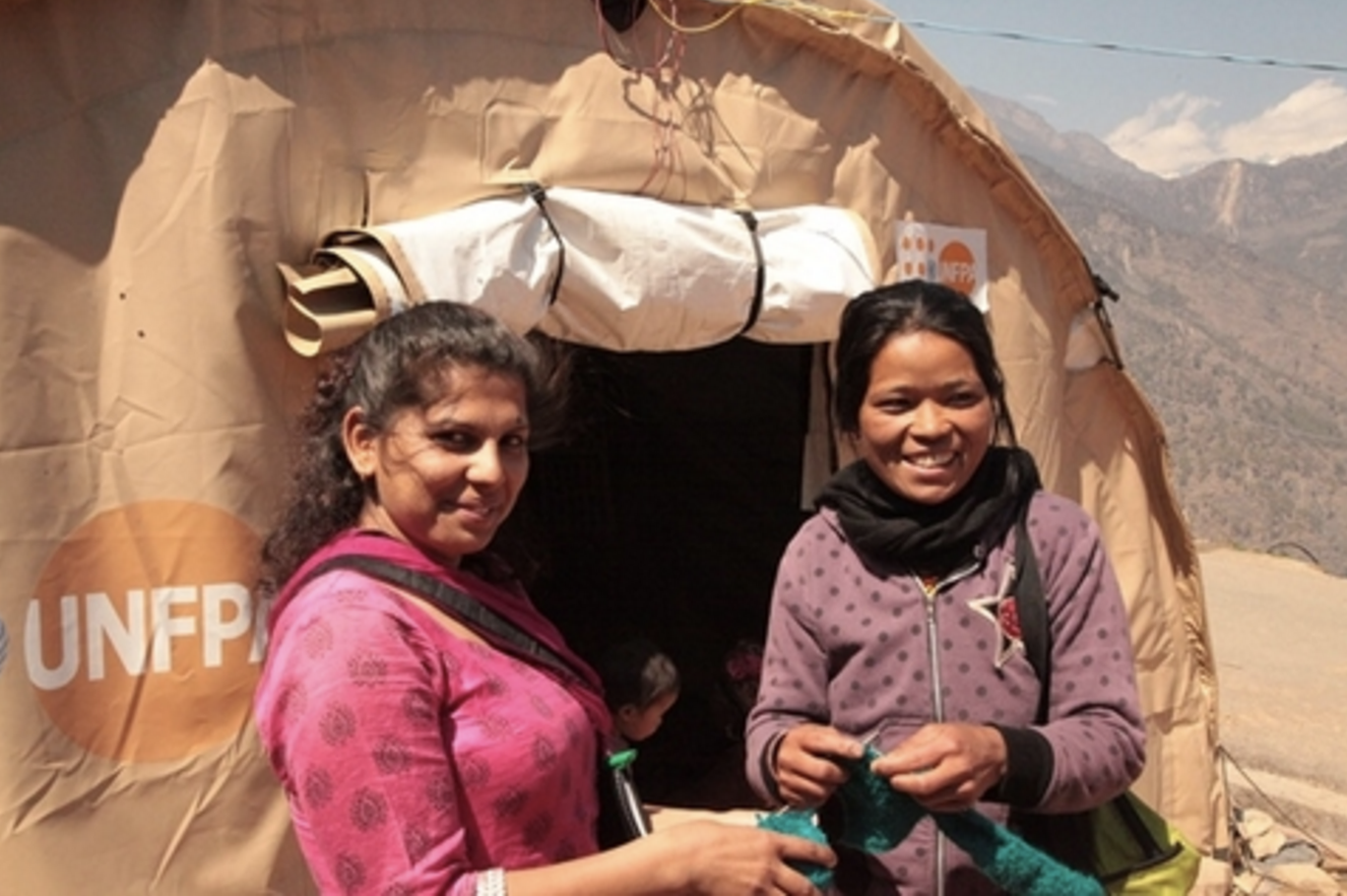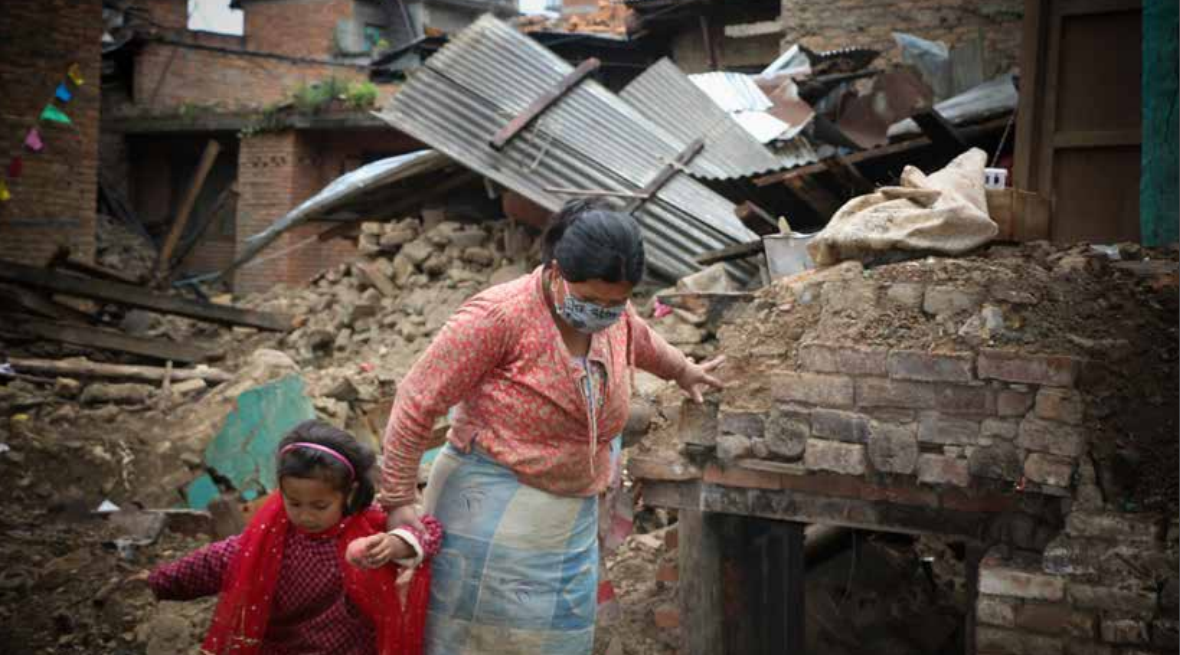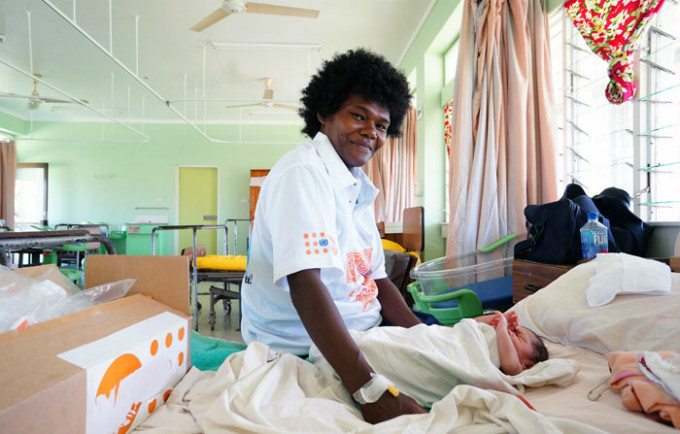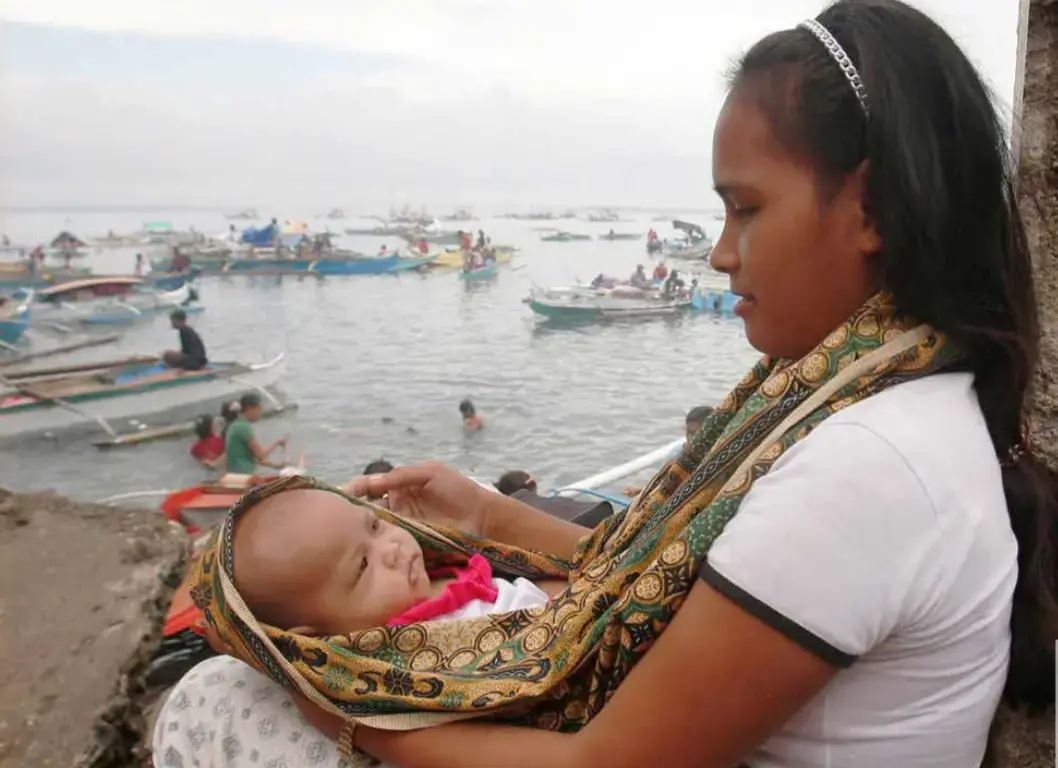The first Asian Ministerial Conference for Disaster Risk Reduction (AMCDRR) will be hosted by the Government of India on 2 to 5 November 2016.
The conference is the first in the Asia-Pacific region since the ratification of the Sendai Framework for Disaster Risk Reduction, which was endorsed by the UN General Assembly in 2015.
The Sendai Framework is a 15-year, non-binding agreement which recognizes that the State has the primary role to reduce the risk of disasters risk but that responsibility should be shared with local government, the private sector and more. At the AMCDRR, Participants aim to adopt an Asia-wide implementation and monitoring plan for the Sendai framework.
See the official conference website and follow the event on Twitter with @amcdrr2016
Putting women and girls at the centre of disaster risk reduction

In a keynote speech, Yoriko Yasukawa, UNFPA Regional Director for Asia and the Pacific, calls on leaders to take forward a vision of disaster risk reduction that focuses on building and strengthening resilience of physical infrastructure and people too - all people, not just a privileged few - in a way that is sensitive to differences in gender, age, culture and capabilities, with special attention to the vulnerabilities of women and girls as well as their great potential to contribute to disaster risk reduction.
Responding to emergencies in Asia and the Pacific

Asia-Pacific is the most disaster-prone region in the world. it is also home to a number of long-running conflicts that exact a human toll. UNFPA places women and girls at the centre of humanitarian response. Every year the number and frequency of disasters (whether natural or conflict-related) is increasing, with millions of people displaced from their homes. UNFPA works to fulfill the pledge of the Sustainable Development Goals, leaving no one behind: focusing on the needs of women and girls for a world where every pregnancy is wanted, every childbirth is safe, and every young person’s potential is fulfilled.
Read responding to emergencies in Asia and the Pacific.
New lives for Nepal's earthquake survivors
After losing her seven-year-old son and her home in the the devastating earthquake of April 2015, Ishwori Dangol hit rock bottom. Dangol, 1 of 1.4 million women of reproductive age affected by the quake, was seven months pregnant when it struck. At a loss in increasing pain and afraid she would miscarry, she didn’t know where to turn, until she heard about a UNFPA-supported reproductive health camp in a village nearby.
Women emerge stronger in quake-hit Nepal
In the immediate aftermath of the devasiating earthquake of April 2015, Sabina Rimal (25) packed her bags and headed out to help. As part of a team from the Women’s Human Rights Protection Network, a local NGO, she made for hard-hit Dunche, in the remote Himalayan district of Rasuwa. “We were all in shock," she says, "many of us lost our homes and relatives, but when we got there, it was clear that their suffering was way worse than ours."
Surviving Haiyan: a celebration of women's resilience
Getting critical services to pregnant women after Fiji’s Cyclone Winston

One week after Cyclone Winston devastated the island nation of Fiji, Elenoa Adi, age 33, awoke at 4 a.m. to unexpected birth pangs.
It was late February, and the baby wasn’t due until April. Her husband had left their home in Rakiraki Town to travel to Baleisere Village, where they both grew up, because the couple had heard that only two or three homes in the village were left standing in Winston’s wake, and they were concerned about their parents’ well-being.


